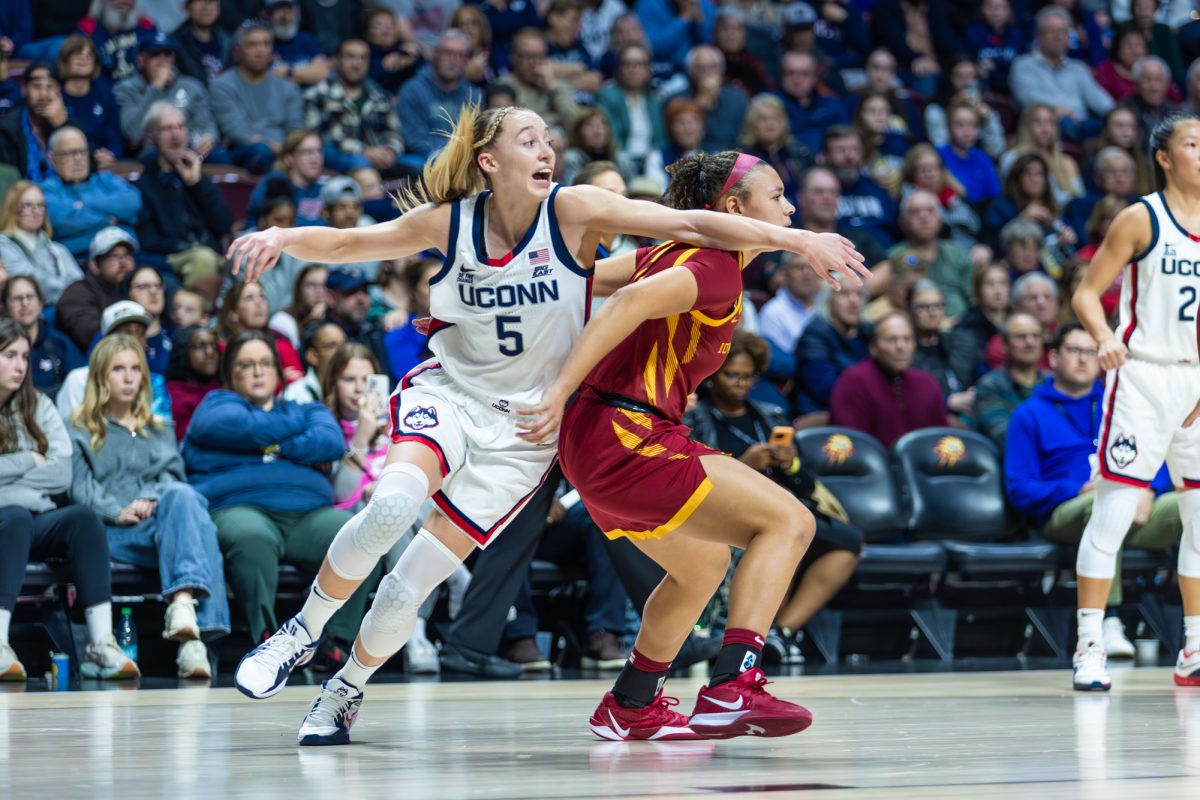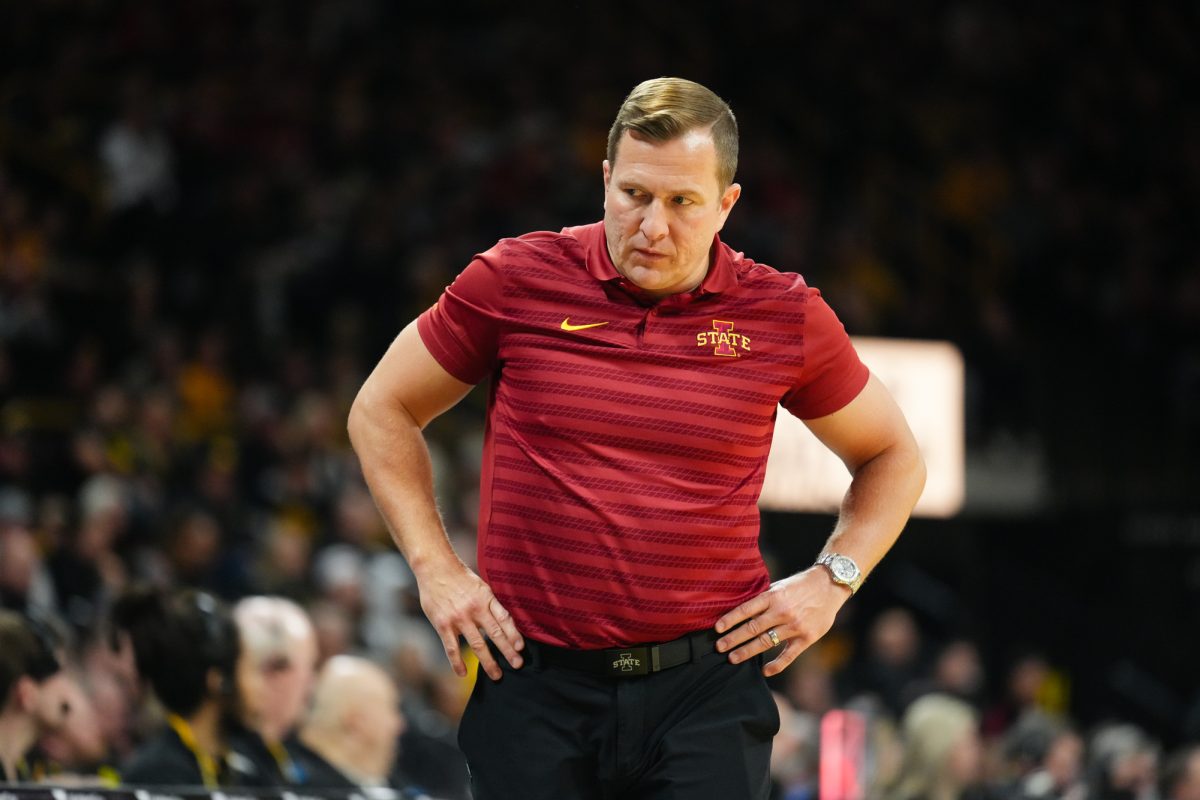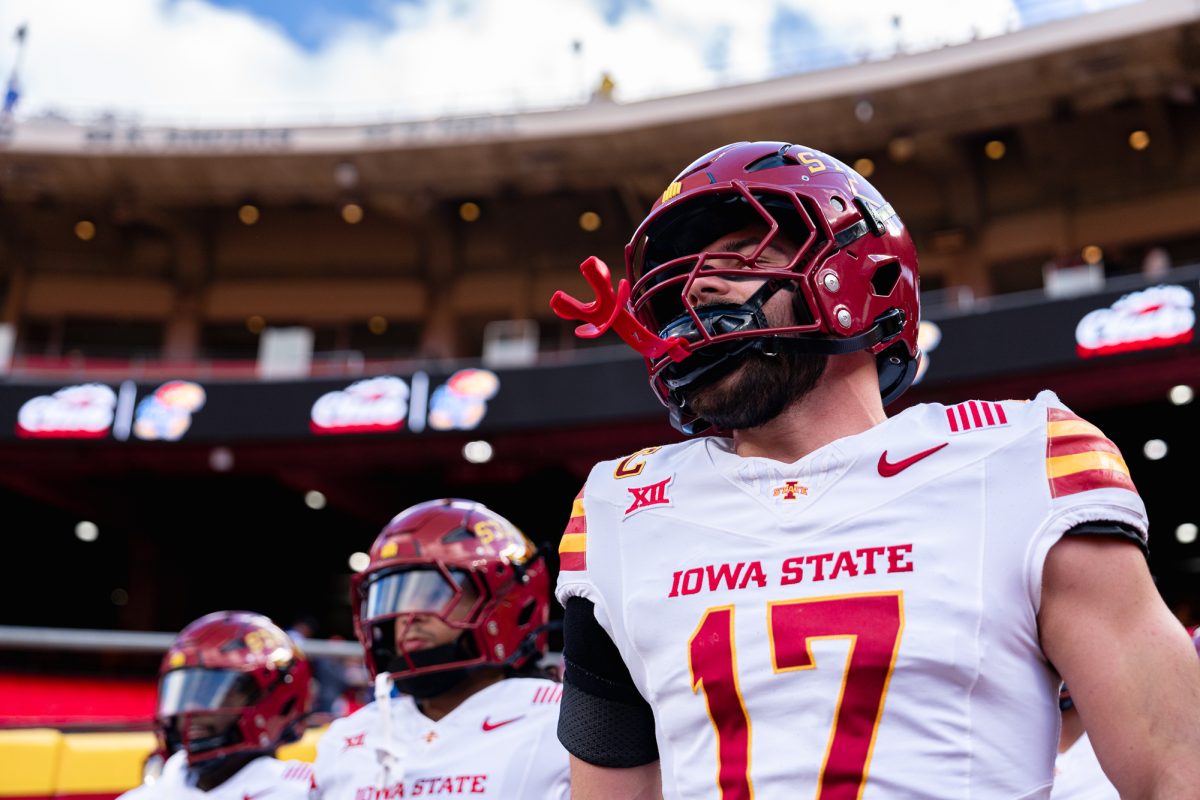LETTERS: Bridge destruction affects residents
January 28, 2010
The shortsightedness of the Ames City Council will now deprive its residents and students of the longest-tenured connection between downtown and campus.
Whether you call it the “Dinkey Bridge” or “Pink Sand,” the Union Pacific now has clear intentions of removing it, a structure that has been the mainstay of an important, though “unofficial,” link in the Ames pedestrian network.
People of all ages, from junior high skateboarders to collegiate professors, use the bridge as a regular shortcut over Squaw Creek. Even with a foot of snow on the ground, this path is used. Someone even took the time to shovel it a few weeks ago. I have been using the bridge as a study retreat since I enrolled at Iowa State, nearly six years ago. I can’t count the number of hours I’ve spent reading books or writing papers in its midst, nor could I fathom how many people I’ve observed cross the bridge in that time.
This is especially disappointing because the council did very little to engage its constituency to determine the true interest in the preservation and incorporation of the span into Ames’ “official” network of pedestrian ways.
There were no usage studies. The discussion was confined to the very few council meetings held over a two-month period, not nearly enough time to adequately organize an advocacy campaign.
In fact, I met with the owner of a prominent downtown business just one week ago. He would have been willing to donate a portion of his sales toward the renovation of the bridge, should the city have acquired it.
Unfortunately, it seems this conditional agreement is now in vain.
To many residents and students this bridge does not represent merely a recreational opportunity, but is a means of daily transportation.
If the route had been made safer and “bikeable,” I have no doubt that it could have become as prominent a link between the ISU campus and Ames’ Main Street as it once was by rail.
Although it probably never would have accommodated automobile traffic or seen another train, it certainly would have remained an integral part of Ames’ overall transportation network.
Bradley J. Grefe is graduate student in transportation planning.






